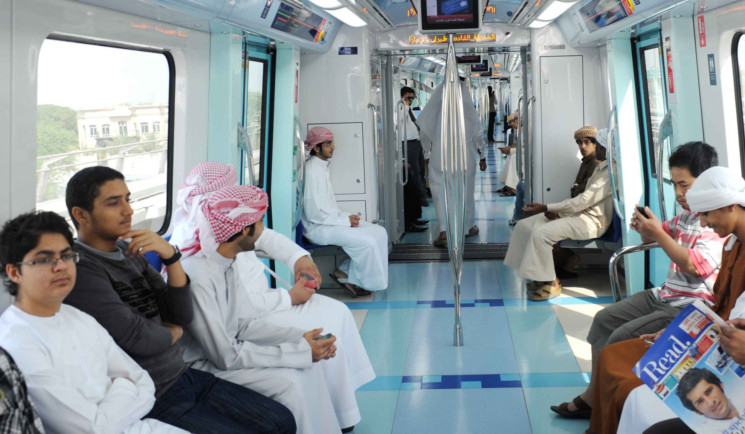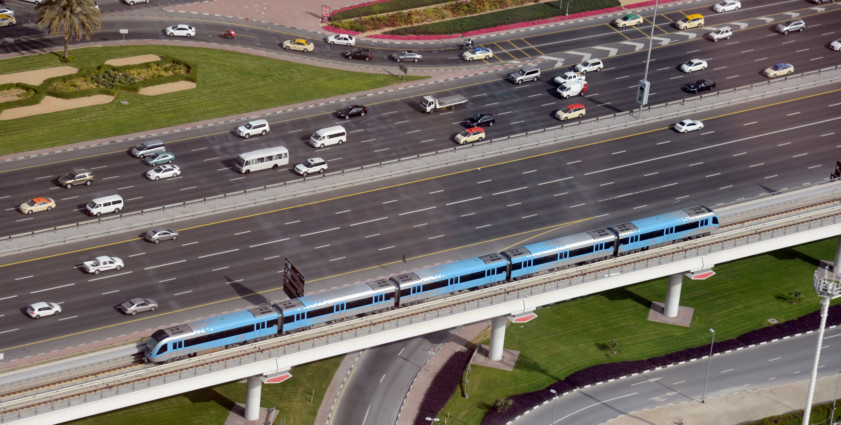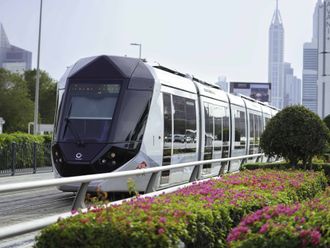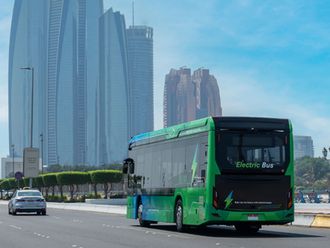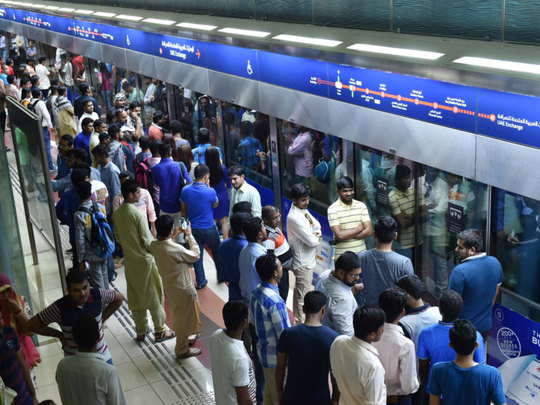
Dubai: Dubai Metro has crossed a billion riders mark as it celebrates its eighth anniversary since the beginning of its service on 09/09/09, the Roads and Transport Authority (RTA) announced on Saturday.
Mattar Al Al Tayer, Director-General and Chairman of the Board of Executive Directors of RTA, announced that since the launch of the metro service on 09/09/2009 till the end of August 2017, the metro has lifted 1.028 billion riders (689 million by the Red Line and 339 million by the Green Line).
The milestone concurs with RTA’s celebrations of the eighth anniversary of the Metro operation amid huge success indicators in terms of operational efficiency and high security and safety levels.
Al Tayer said that the Dubai Metro, which is the largest driverless metro network in the world, has seen sustained growth since its inauguration, with the ridership on the Red Line rising continuously from 38.88 million riders in 2010 to 60 million in 2011. The number shot to 104 million riders in 2014, and 121 million in 2016.
The Union Station accounted for the largest number of Red Line users recording 47.79 million riders, followed by Deira City Centre Station (46.878 million riders), just ahead of BurJuman Station (46.749 million riders).
Since its inauguration on 9/9/2011, the Green Line has served about 339 million riders. The number picked up from 37.576 million riders in 2012 to 48.87 million in 2013 recording a 30 per cent growth rate.
It continued the upward trend to reach 65.942 million riders in 2015 and further grew to 69.70 million in 2016.
Al Fahidi Station ranked first as far as ridership is concerned as it had been used by 37.92 million riders, followed by Baniyas Station (33.547 million riders), Al Ghubaiba Station (26 million riders) and Oud Metha Station (24 million riders).
Dubai Metro has been credited for popularising public transport in the region with the public transport usage shooting up drastically in the city.
“There is a remarkable evolution in the culture of the community and its perception of public transport means. The Metro has started to bring back several benefits to the community such as the psychological & physical relief associated with the smooth mobility, and the reduced expenditure on car fuel and maintenance,” said Al Tayer.
He added that the RTA is moving ahead with its ambitious plan to revamp mass transit systems and raise the share of public transport in the people’s mobility to as much as 30 per cent by 2030. The public transport share reached 16 per cent last year.
“The Dubai Metro, which extends 75 kilometres, has an array of features that give it a unique standing worldwide. It is the longest driverless metro line across the world. Its Union Station is considered the world’s biggest underground metro station spanning an area of 25,000 square metres,” he said.


